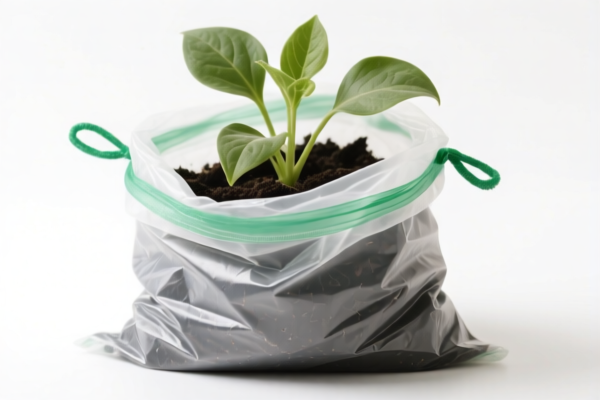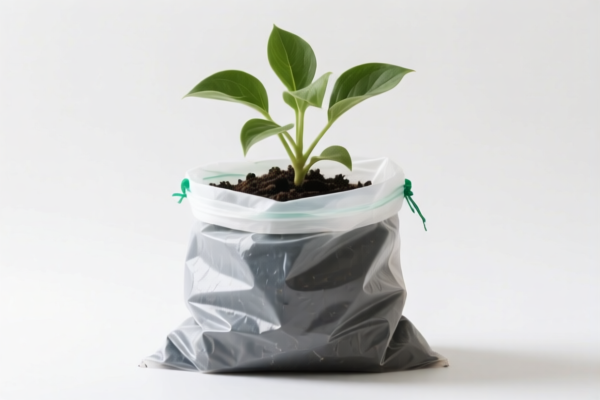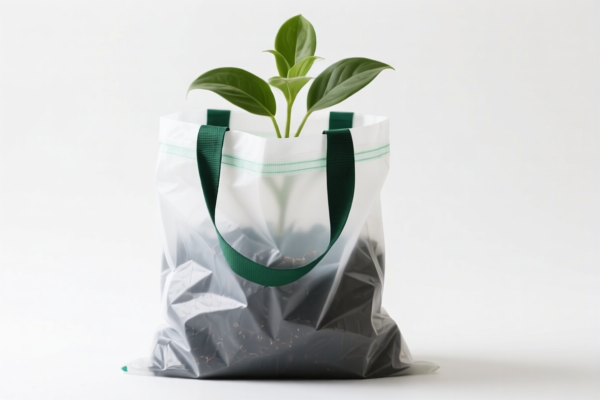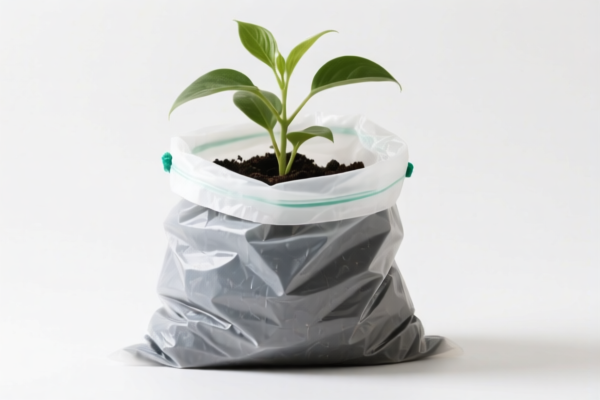| HS Code | Official Doc | Tariff Rate | Origin | Destination | Effective Date |
|---|---|---|---|---|---|
| 3923210080 | Doc | 58.0% | CN | US | 2025-05-12 |
| 4205008000 | Doc | 55.0% | CN | US | 2025-05-12 |
| 4819300020 | Doc | 55.0% | CN | US | 2025-05-12 |




Declaration Analysis: PLANTER BAGS - HS Code Breakdown & Customs Considerations
This analysis details the HS codes provided for your "PLANTER BAGS" declaration, outlining the classifications, tax implications, and key considerations for customs clearance.
Understanding HS Codes:
The Harmonized System (HS) Code is a globally standardized system of names and numbers used to classify traded products. It's crucial for determining import duties, taxes, and regulations. Here's a breakdown of the codes you've provided:
1. HS Code: 3923.21.00.80 – Plastics Sacks and Bags (Ethylene Polymers)
- 39: Plastics and articles thereof. This chapter covers a wide range of plastic products.
- 23: Plastics packing materials, including goods of plastics for the conveyance or packing of goods. This narrows down the category to items specifically used for packaging.
- 21: Sacks and bags (including cones) of polymers of ethylene. This specifies the material – polyethylene plastic.
- 00: Further specifies the product.
- 80: National code for specific products.
Tax Implications:
- Basic Duty: 3.0%
- Additional Tariff: 25.0% (Currently) / 30.0% (After April 2, 2025)
- Total Tax: 58.0%
Key Considerations:
- Material Verification: Ensure the bags are primarily made of polymers of ethylene. If other plastics are significant components, a different HS code might be more appropriate.
- Dimensions: The code specifies "With no single side exceeding 75 mm in length". Confirm your bags meet this dimension requirement.
- End Use: While declared as planter bags, customs may inquire about the primary intended use.
2. HS Code: 4205.00.80.00 – Leather or Composition Leather Articles (Other)
- 42: Articles of leather or of composition leather, travel goods, handbags and the like. This chapter covers products made from leather or similar materials.
- 05: Other articles of leather or of composition leather. This narrows down the category to items not specifically covered elsewhere in the chapter.
- 00: Further specifies the product.
- 80: National code for specific products.
Tax Implications:
- Basic Duty: 0.0%
- Additional Tariff: 25.0% (Currently) / 30.0% (After April 2, 2025)
- Total Tax: 55.0%
Key Considerations:
- Material Composition: Crucially, confirm the bags are genuinely made of leather or composition leather. If any plastic is present, this HS code is incorrect. Customs will likely require material testing documentation.
- Definition of "Composition Leather": Understand the specific definition of "composition leather" as defined by Chinese customs regulations.
- Documentation: Be prepared to provide proof of leather origin and composition.
3. HS Code: 4819.30.00.20 – Paper Sacks and Bags
- 48: Paper and paperboard; articles of paper pulp, paper or paperboard. This chapter covers products made from paper.
- 19: Boxes, cartons, cases, bags and other packing containers, of paper, paperboard, cellulose wadding or webs of cellulose fibers. This narrows down the category to packaging containers.
- 30: Sacks and bags, having a base of a width of
40 cm or more Shipping sacks and multiwall bags, other than grocers' bags. This specifies the type of paper bag. - 00: Further specifies the product.
- 20: National code for specific products.
Tax Implications:
- Basic Duty: 0.0%
- Additional Tariff: 25.0% (Currently) / 30.0% (After April 2, 2025)
- Total Tax: 55.0%
Key Considerations:
- Material Verification: Ensure the bags are made of paper, paperboard, cellulose wadding, or webs of cellulose fibers.
- Base Width: Confirm the base width of the bags is 40 cm or more.
- Intended Use: While declared as planter bags, customs may inquire about the primary intended use.
Important Reminders:
- Accuracy is Paramount: Selecting the correct HS code is your responsibility. Incorrect classification can lead to delays, penalties, and increased costs.
- Supporting Documentation: Gather all relevant documentation, including invoices, packing lists, material composition reports, and any certifications.
- April 2, 2025 Tariff Changes: Be aware of the upcoming tariff changes and factor them into your cost calculations.
- Consult with a Customs Broker: For complex declarations or if you are unsure about the correct HS code, it is highly recommended to consult with a licensed customs broker in China. They can provide expert guidance and ensure compliance with all regulations.
Disclaimer: This analysis is for informational purposes only and should not be considered legal or professional advice. Customs regulations are subject to change, and it is your responsibility to verify the accuracy of this information with the relevant authorities.
Customer Reviews
This page provided good HS Code info for exporting planter bags to the US. The tariff details and effective dates were very helpful, though I would have liked to see more examples of acceptable materials for each category.
The explanation of HS Code 4819.30.00.20 was clear and easy to understand. I was able to confirm that my paper planter bags fit this category and the tax implications were clearly laid out.
I found the tariff information for HS Code 4205.00.80.00 very useful, but I wish there were more details about what exactly constitutes 'composition leather' for customs purposes.
The breakdown of HS Code 3923.21.00.80 was super helpful for understanding the classification of my plastic planter bags. I now know exactly what to look for in terms of material and dimensions.